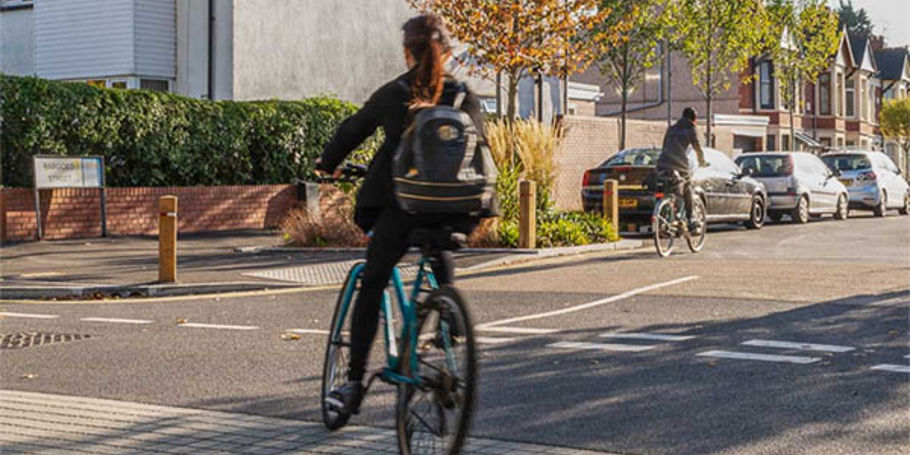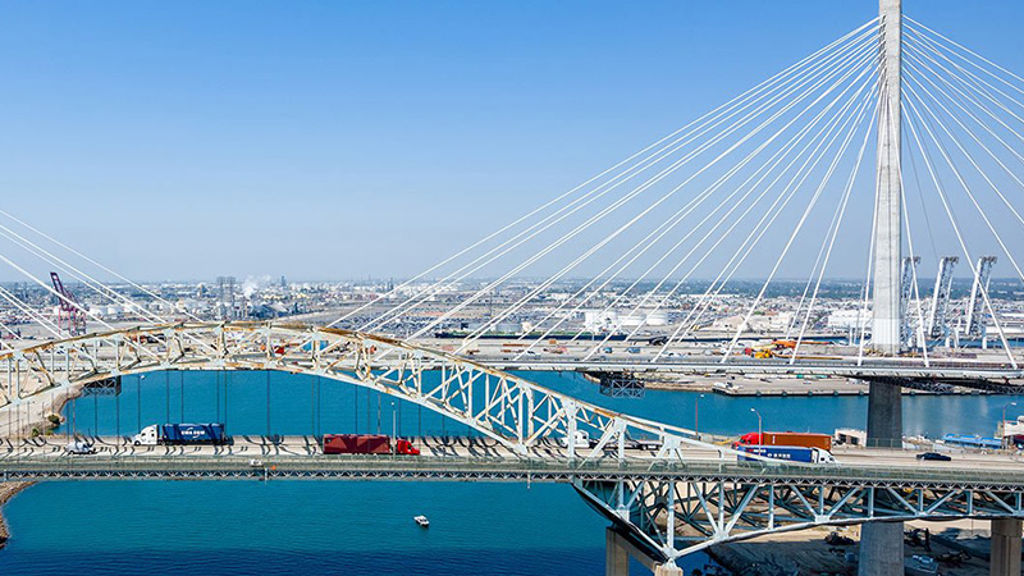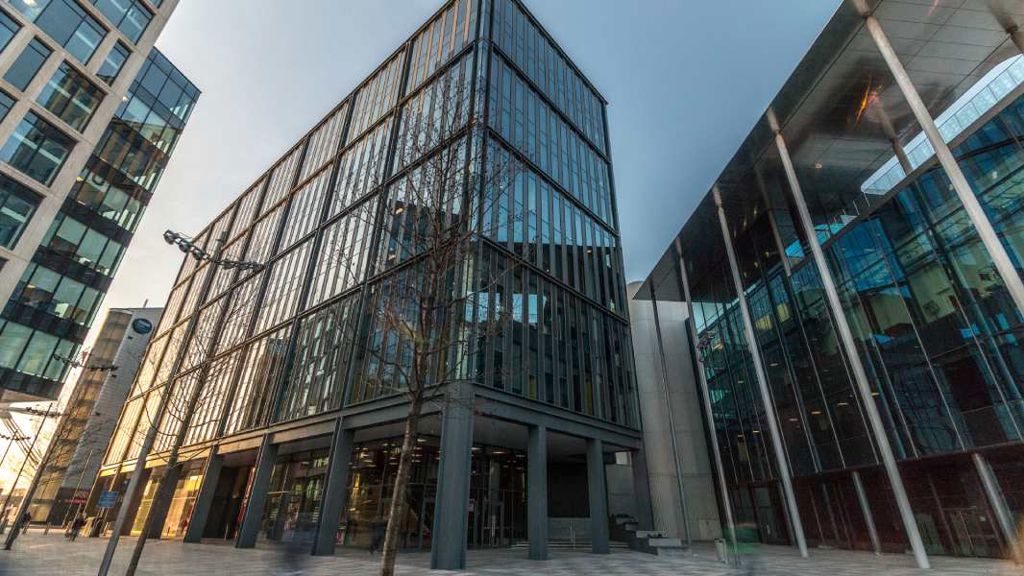Facilitating innovation – a novel approach for sustainability
CAJV supported Sund & Bælt with organising innovation workshops over the past year, bringing together contractors, academia, and NGOs to help design a transport link which is good for society and the environment in the long-term. These workshops involved 55 experts from around 30 companies and other organisations who identified about 40 initiatives for reducing carbon emissions related to materials and construction activity, and for enhancing biodiversity and other environmental features.
Our specialists collected and analysed data and assessed each initiative for carbon saving potential, level of technical readiness, scalability, possible additional costs, and potential risks. For the cases that additional costs may be involved, CAJV has developed a method to rank initiatives according to the ratio of additional carbon savings to associated costs. This approach has enabled us to create a priority list of recommended initiatives for the design and construction planning of the Eastern Ring Road.
With today’s conventional choice of materials, the carbon emissions from concrete, in particular cement, and steel would have accounted for more than half of the total carbon footprint of the project. A large number of the initiatives have accordingly focused on ways to reduce both the quantities and emissions of these materials.
Another large portion of the carbon footprint comes from energy use during construction transport and site activities. Measures for decarbonisation include land-based and marine construction through electric and hybrid machinery, use of hybrid ships and alternative marine fuels, as well as measures to ensure adequate and effective electrical power supply for the land-based and marine construction plant.
Creating initiatives to protect the environment is also beneficial for biodiversity. For example, adopting hybrid ships can reduce underwater noise, which negatively affects marine life and is often linked to decreased species diversity.








